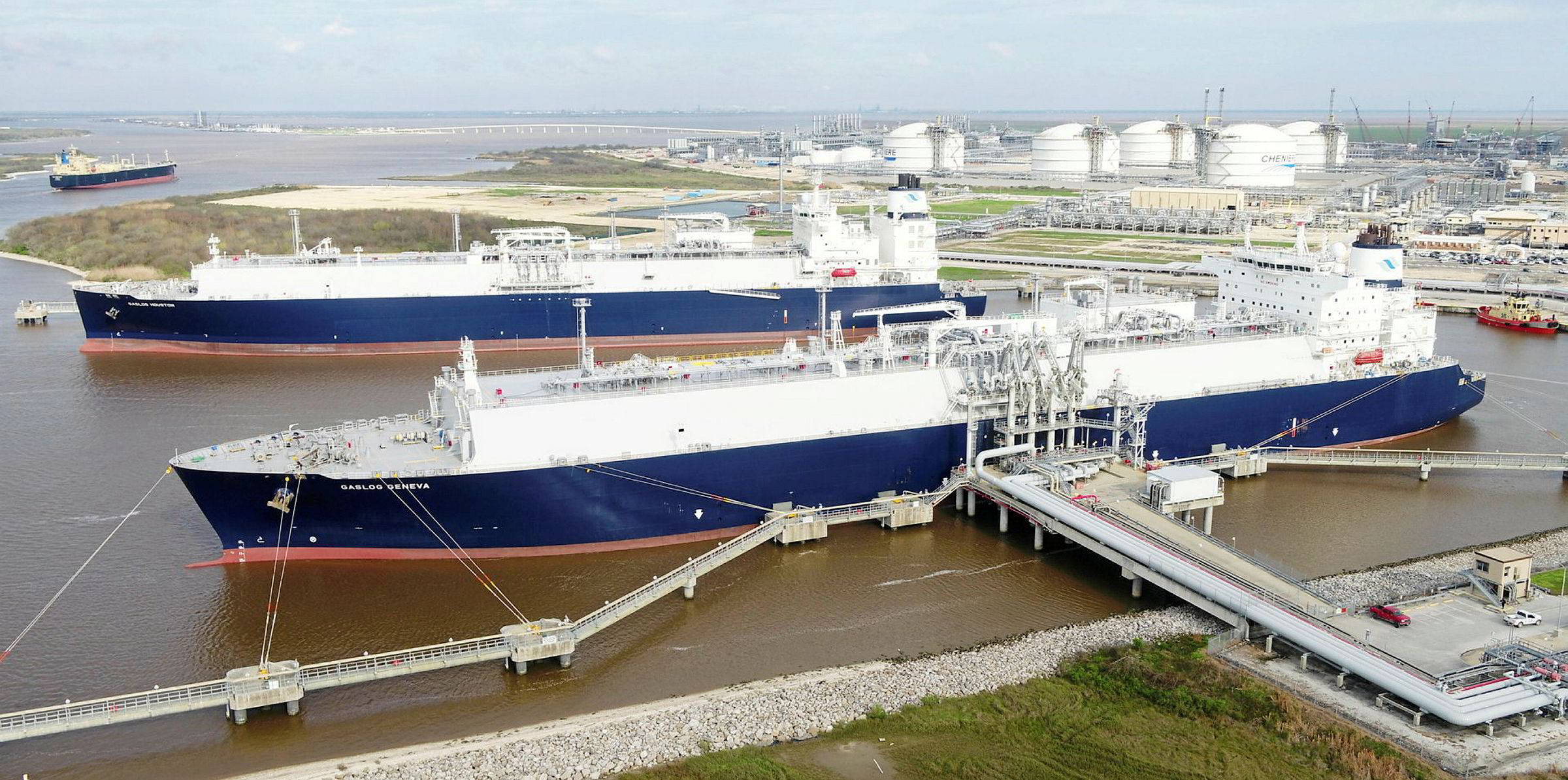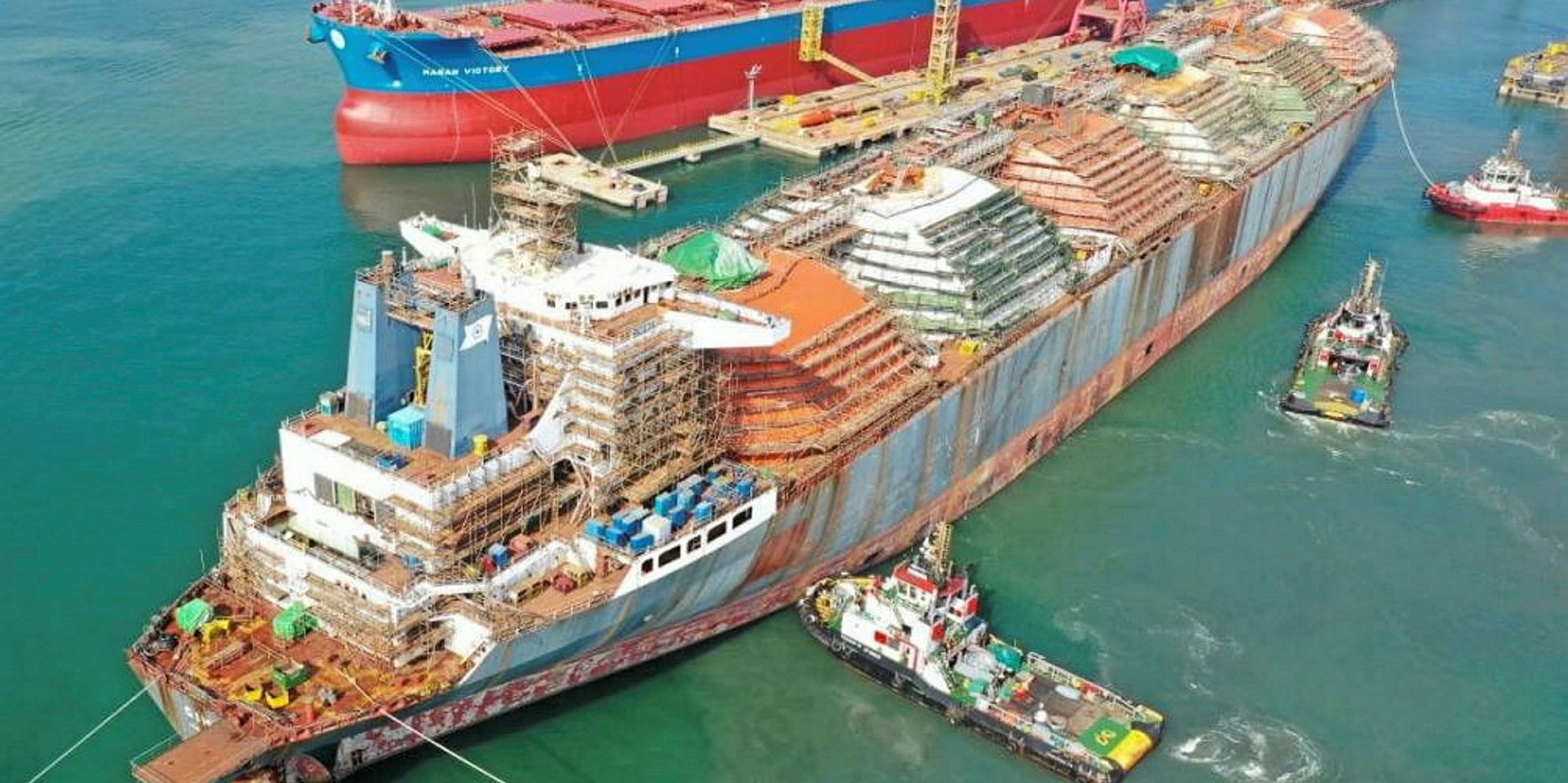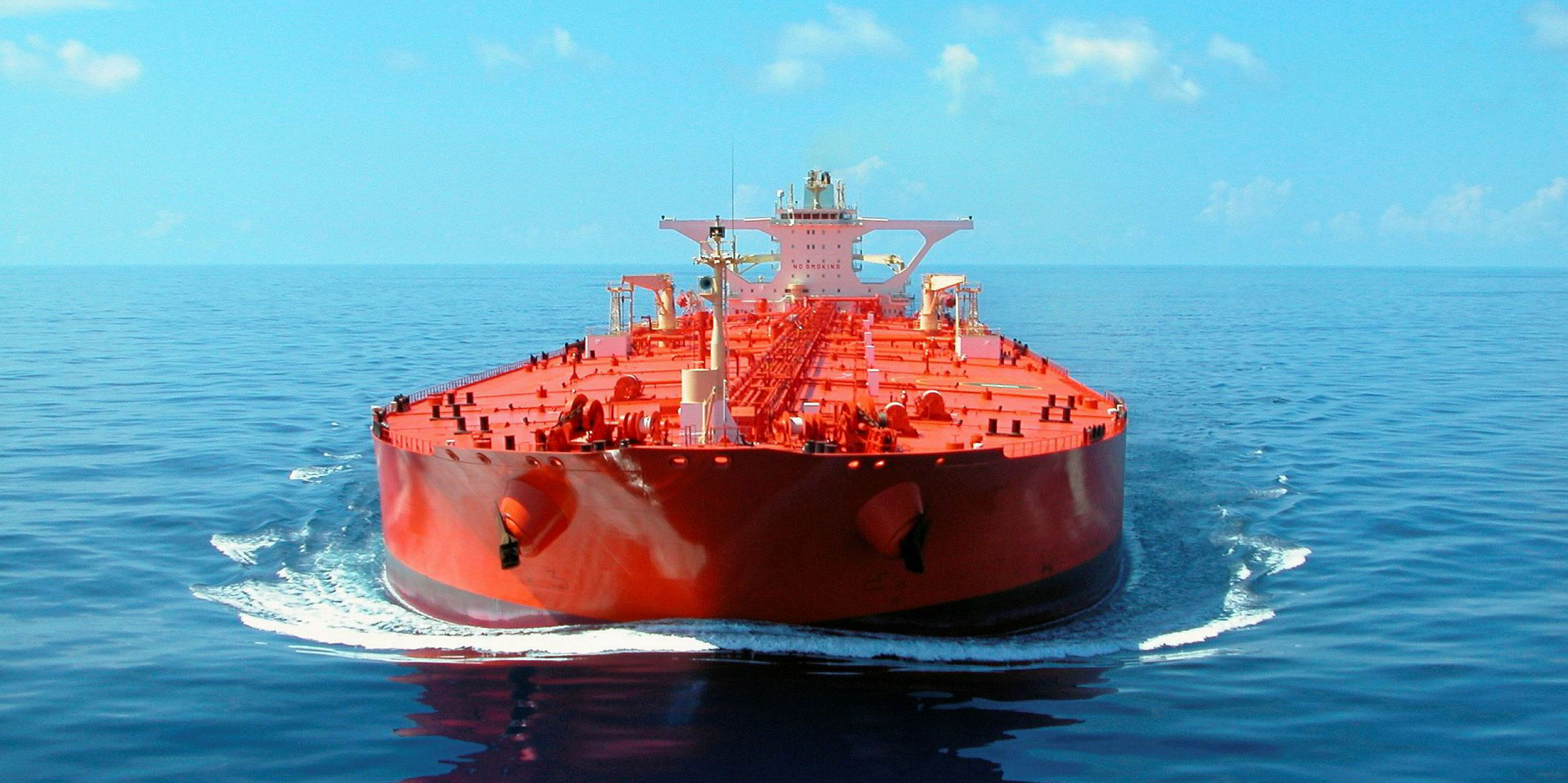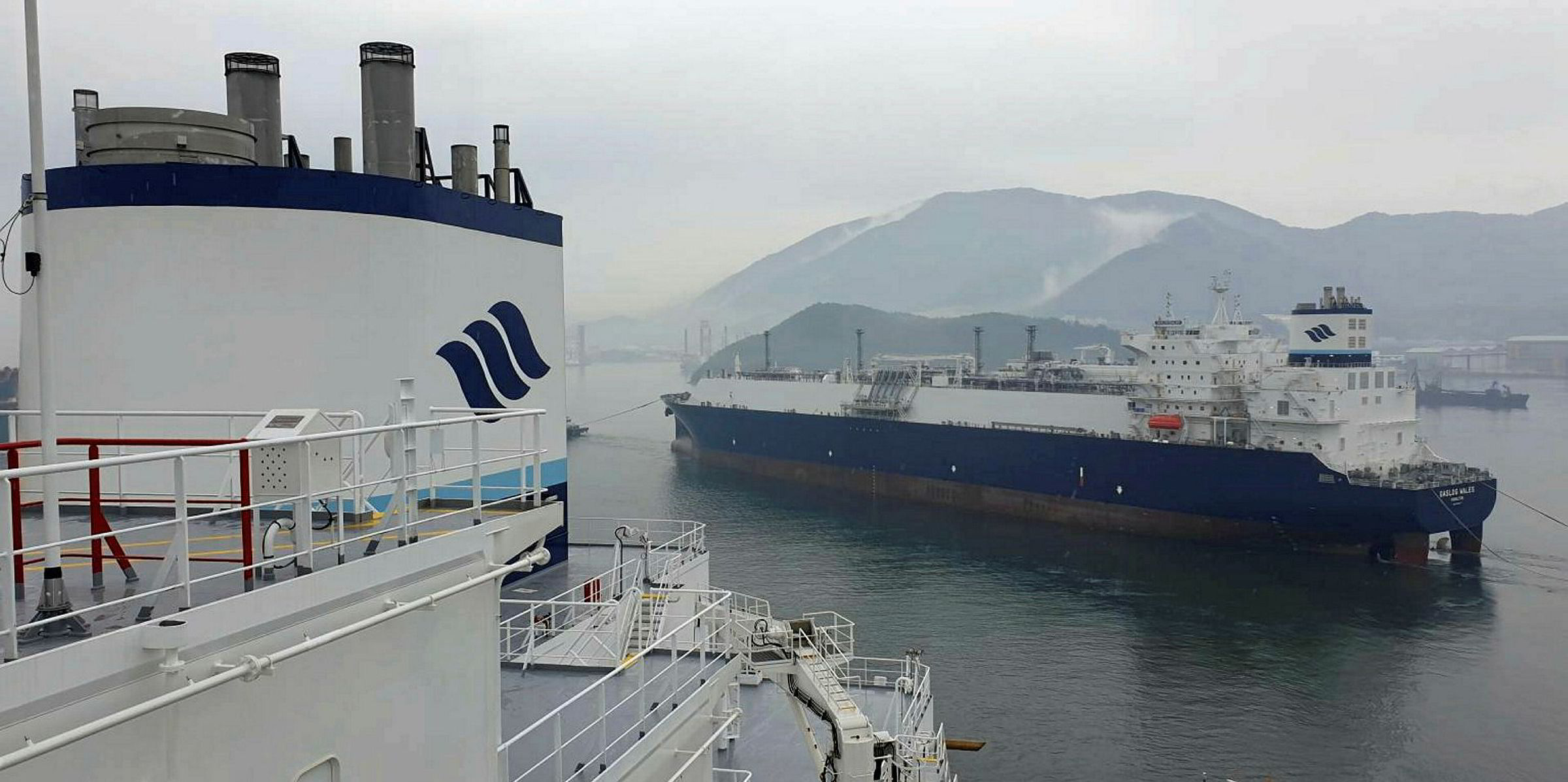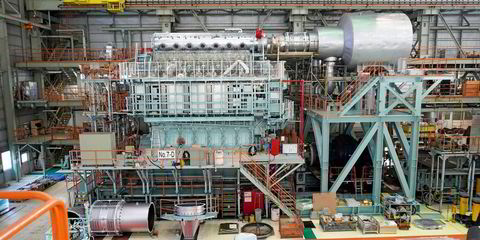LNG demand will be hit by Covid-19 pandemic in the short term in a market already flooded with excess LNG, the International Group of LNG Importers (GIIGNL) said.
In its Annual Report 2020, published today, GIIGNL said: “In the near term, the disruptive impact of the Covid-19 crisis on the economies of importing countries will exert downward pressure on LNG demand in an already oversupplied market.”
The warning came in stark contrast to the group’s industry statistics for 2019 which showed a year of record growth for LNG imports and new project sanctions.
GIIGNL president Jean-Marie Dauger, said LNG imports for 2019 grew at a “vigorous” 13% last year to 354.7 million tonnes up 40.9 mt on 2018’s total, but an expansion that has been followed by “mounting uncertainties” since the start of 2020.
Balancing role
European LNG imports soared 75.6% in 2019 year-on-year.
The gas importers' body said the region helped to play a “balancing role”, absorbing oversupply in the global market on the back of its “abundant infrastructure” and “well-connected gas markets”.
But Asia remained the leading LNG importer with a 69% share of global volumes. While figures for established importers like Japan, South Korea and Taiwan fell, growth was seen in southeast Asian countries. Imports to China continued to grow up 14% in 2019, although at a lower rate than the 38% rise seen in 2018.
GIIGNL said the LNG carrier fleet stood at 601 vessels at the end of 2019 with a total cargo capacity of 89.7 million cbm. The figure includes 37 floating storage and regasification units and 46 ships of 50,000 cbm or less.
It pegged the average spot charter rate for a 160,000 cbm LNG carrier at $69,337 per day in 2019, down on the daily average of $88,692 seen a year earlier.
The group said 62 vessels were ordered last year including 10 small-scale vessels with the LNG orderbook representing 25% of the existing fleet. Some 53 newbuildings are due for delivery this year.
Commoditising
GIIGNL’s figures show that the volume of LNG delivered under contracts of four years or less accounted for 34% of total imports or 119 mt with the US now the leading supplier of flexible LNG accounting for 20% of spot and short-term volumes.
The group, whose 88 members handle over 90% of global LNG imports, said LNG continued to commoditise with contractual arrangements becoming more diversified.
GIIGNL said 42 countries now import LNG and there no new additions to this group last year, while 21 export the product. Importer Argentina became the latest to also join the producer and exporters club.
The US, Russia and Australia were the main drivers of new production.
The report said that while the Pacific Basin remained the largest source of LNG supplies to the global market contributing 146.7 mt, the Atlantic Basin added the most incremental volumes with 114.2 mt and is now the largest source of LNG supply ahead of the Middle East’s 93.6 mt.
GIIGNL flagged up that 2019 was a record year for final investment decision with 71 million tonnes per annum of new liquefaction capacity being sanctioned.
The group's president Jean-Marie Dauger, said: “Natural gas’ effective contribution in quickly improving air quality and curbing carbon emissions should be key in positioning LNG as an enduring lasting part of the energy mix, while new gases will begin to take advantage of the versatility of LNG infrastructure”.
Dauger added that for gas to penetrate new markets, prices need to remain competitive with alternative fuels while also being able to support required investment. He said increasingly the industry will need to demonstrate its environmental benefits in particular its efforts to detect and reduce methane emissions.
